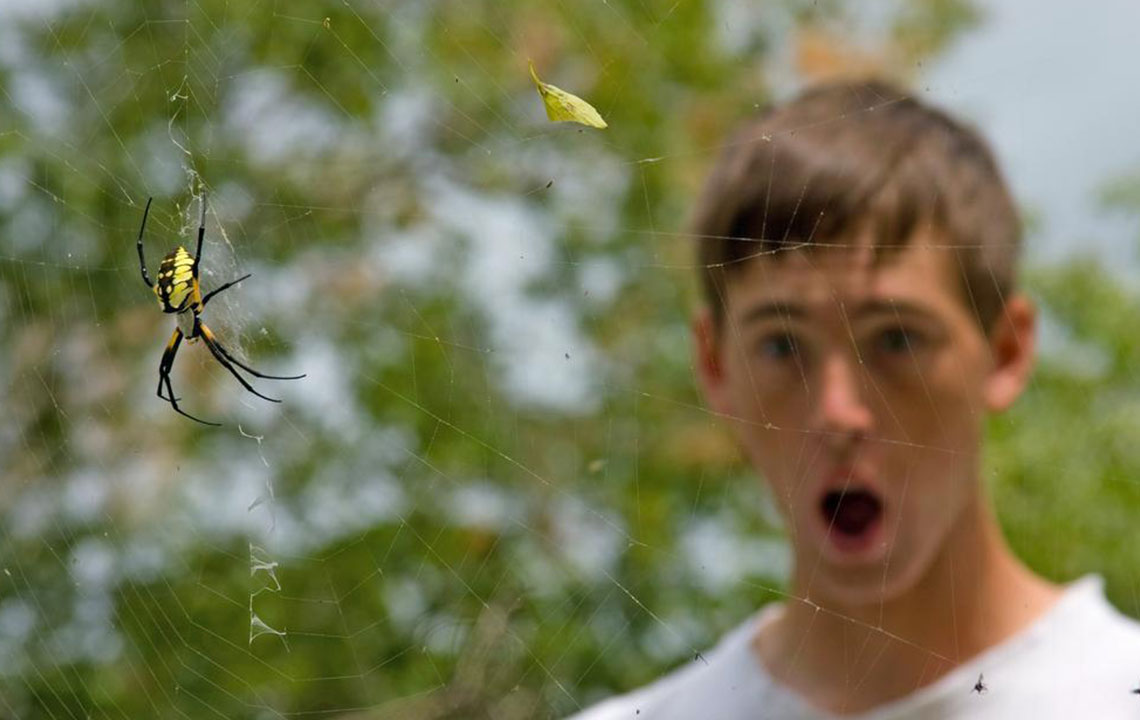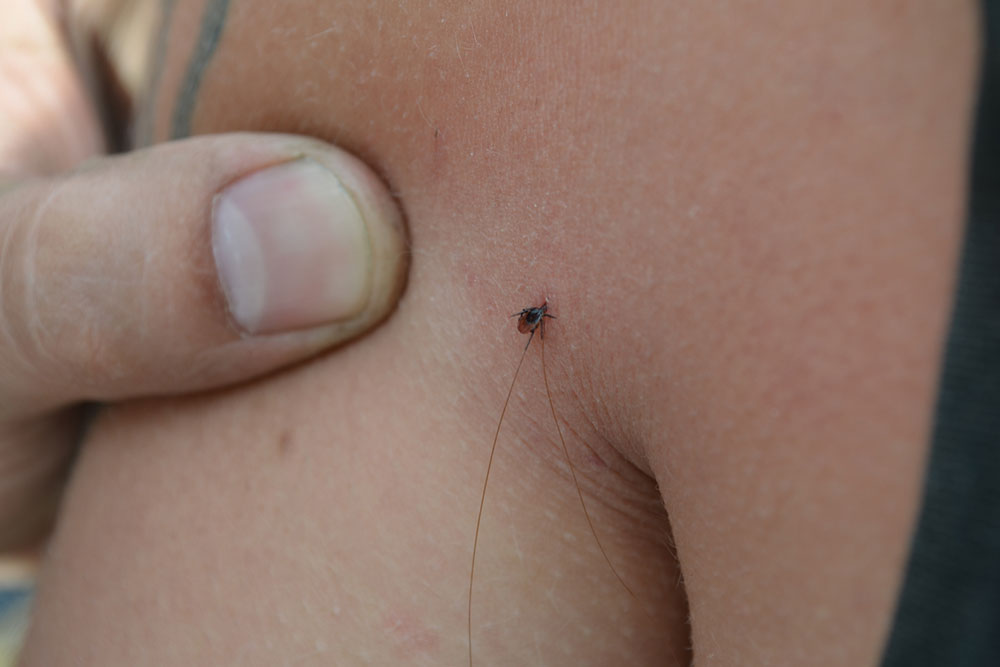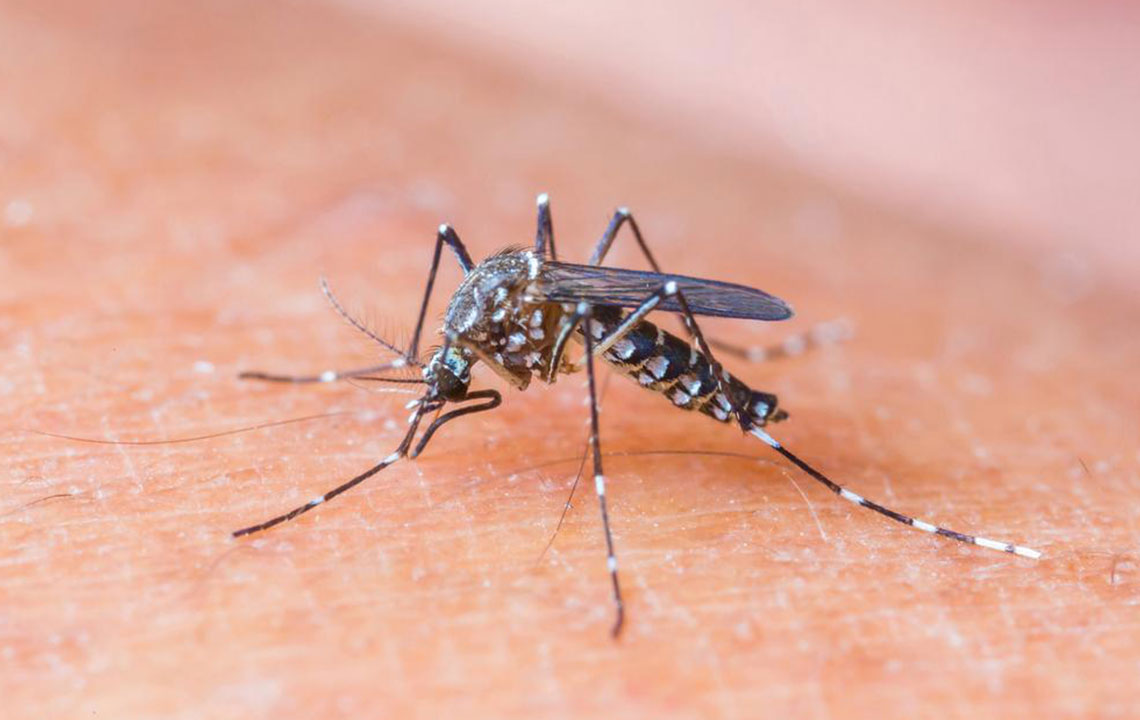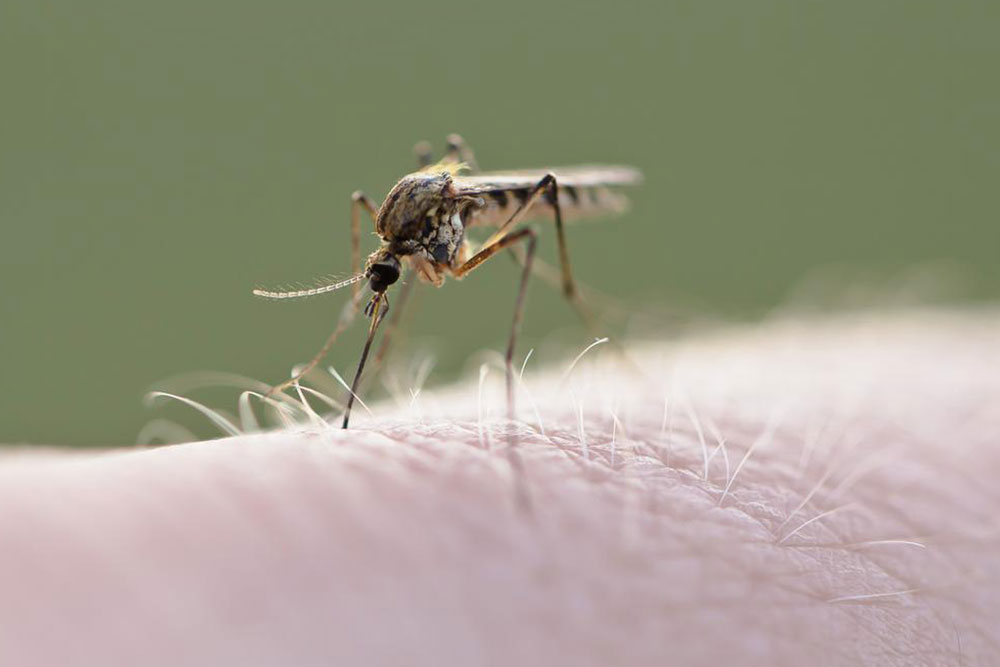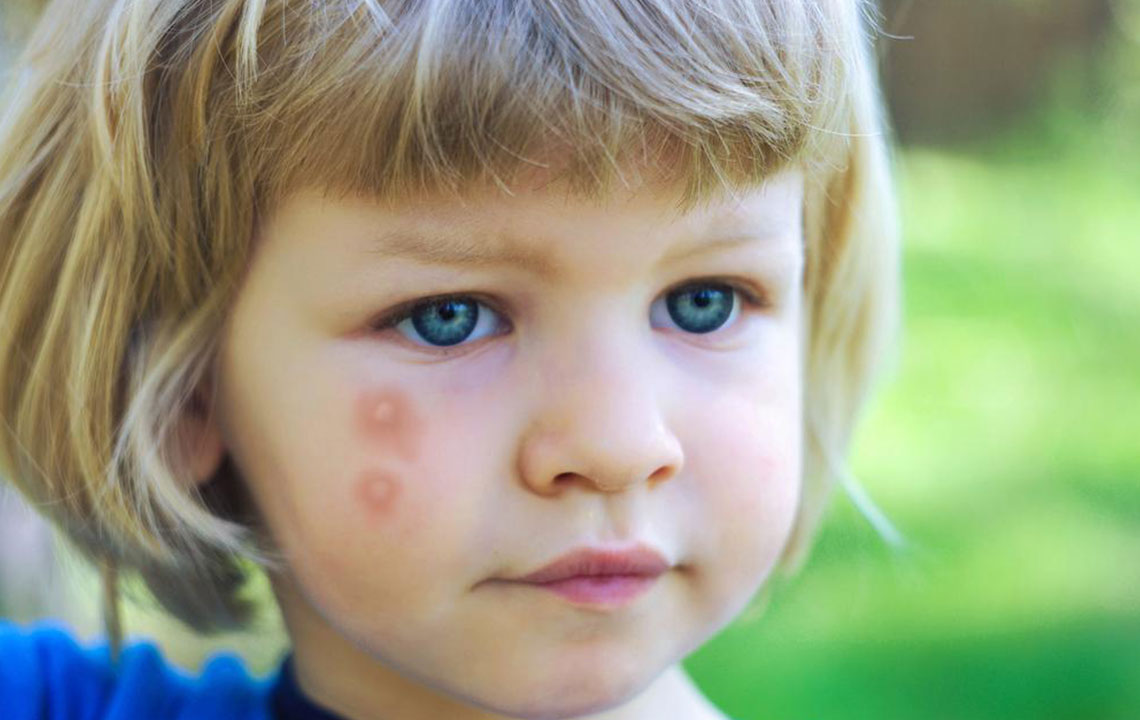Guide to Identifying and Treating Spider Bites
This comprehensive guide helps you identify and treat spider bites, distinguishing between harmless and dangerous species. Learn symptoms, home remedies, and when to seek urgent medical help. Proper recognition ensures safe and effective treatment, especially for venomous bites from species like black widows and brown recluses. Being informed about spider behavior and bite signs helps prevent complications. Whether indoors or outdoors, understanding spider bite identification is essential for health and safety.
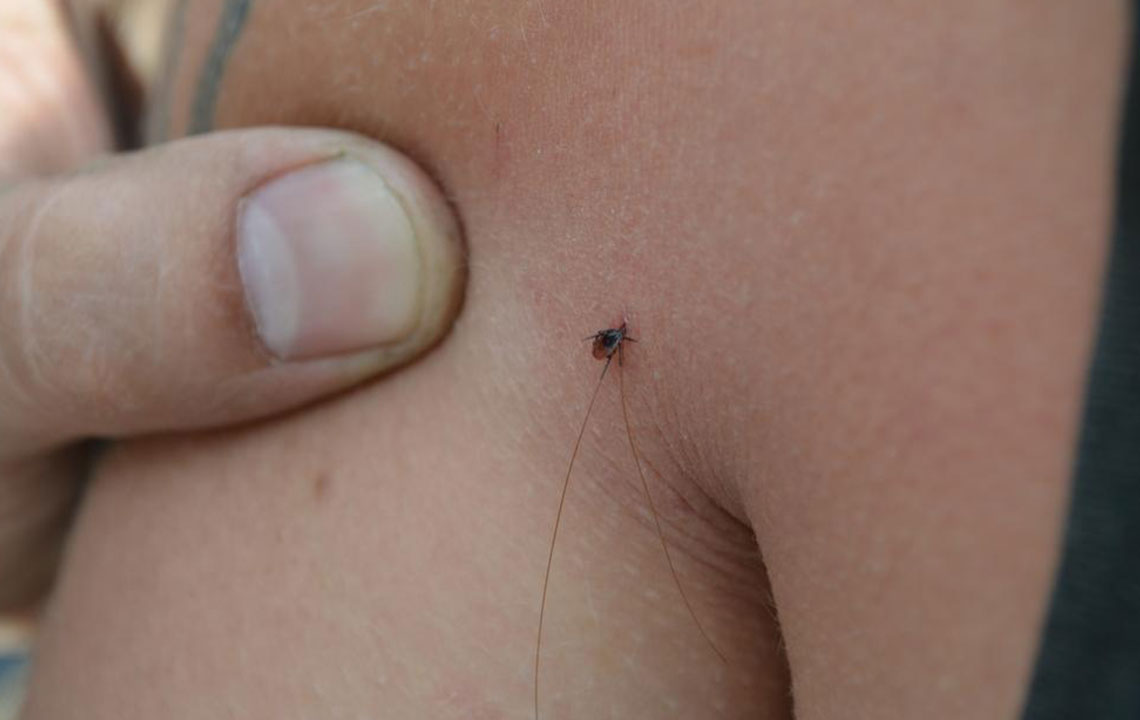
Guide to Identifying and Managing Spider Bites
If you suspect a spider bite, there's usually no cause for concern. Most spiders are harmless and prefer secluded dark spaces. They typically bite only if they feel threatened or are disturbed from their hiding spots.
Understanding how to identify a spider bite is crucial. Many bites are minor and easily treated with basic care. Once identified, proper treatment can help prevent infection and speed healing.
Reasons Why Spiders Bite
Some spiders, especially in the wild, can be aggressive and may bite when threatened. These are often venomous. Non-venomous spiders usually bite only in self-defense. They generally hide in dark, undisturbed areas, and you might not even realize you’ve been bitten by a harmless spider.
Spider bites appear as red, itchy spots on the skin that typically fade after a few days. Most spiders have small fangs too short to penetrate human skin, making bites painless in many cases.
While most bites are painless, some may cause a burning sensation. Recognizing a spider bite quickly helps assess if venomous spider involvement is suspected. Certain dangerous spider bites can go unnoticed initially, with symptoms appearing later.
How to Recognize a Spider Bite
You can often tell if you've been bitten by a spider by observing swelling and skin damage at the bite site. Other signs include:
Itching and rashes
Red or purple blisters
Localized pain
Heavy sweating
Headache
Fever
Chills
Elevated blood pressure
Spider bites tend to take longer to heal compared to insect bites, so early cleaning and treatment are vital to prevent infection.
At-Home Care for Non-Venomous Spider Bites
If bitten by a harmless spider, simple home remedies are often sufficient. Follow these steps:
Apply an ice pack intermittently for 10 minutes to reduce swelling
Take antihistamines to alleviate itching
Keep the bite area clean to prevent infection
Use antibiotic ointment if blisters develop
In case you suspect a venomous spider bite, proper identification is essential for seeking timely medical attention, especially if symptoms are severe or persistent.
Identifying Poisonous Spider Bites
Recognition is easier if you see the spider responsible. Notable dangerous spiders include:
Black Widow
The female black widow is identifiable by its shiny black body and distinctive red hourglass mark. Its bite requires immediate medical treatment. Only the female is harmful, and bites typically produce two skin spots.
Brown Recluse
This spider prefers dark areas and bites when threatened. The bite features a characteristic "bull’s eye" pattern and is visible about 8 hours after the bite. Symptoms include redness, intense itching, headache, and fever if untreated.
Hobo Spider
Recognizable by its long legs and quick movements, a bite from a hobo spider can cause a reaction within 15 minutes. Untreated, the wound may turn black in 24 hours.
Tarantula
Naturally living under rocks, tarantula bites are less harmful but may cause symptoms like low blood pressure, rapid heartbeat, and swelling. Immediate medical care is advisable.
Wolf Spider
Known for stalking prey on the ground, wolf spiders have large eyes. Bites can tear the skin, causing pain, swelling, or tissue damage. Recognizing the bite early is crucial for treatment.
Camel Spider
Found in desert regions, camel spiders bite by tearing the skin but do not inject venom. The open wound can become infected if not properly cared for.
Jumping Spider
This household spider is black with white spots and can jump onto surfaces. While its sting resembles a wasp’s, it can be poisonous to those allergic to spider venom.
If bitten severely, consult a healthcare professional. Dangerous spiders are less common in populated areas but may be encountered during outdoor activities like camping. Learning to identify these spiders and how to respond can be life-saving.

